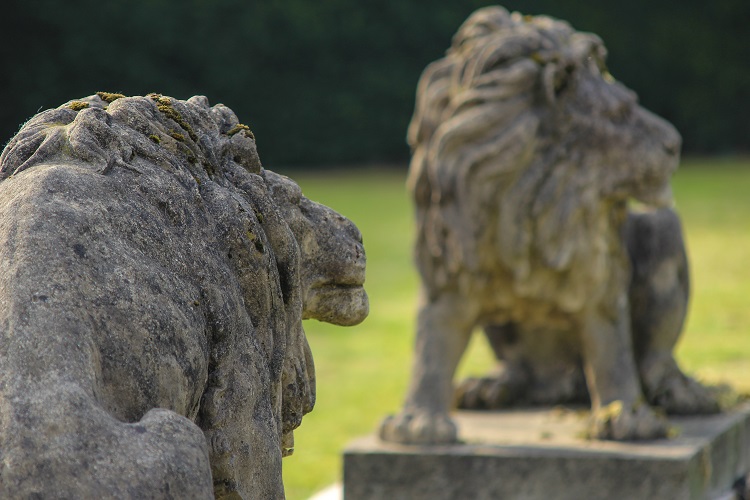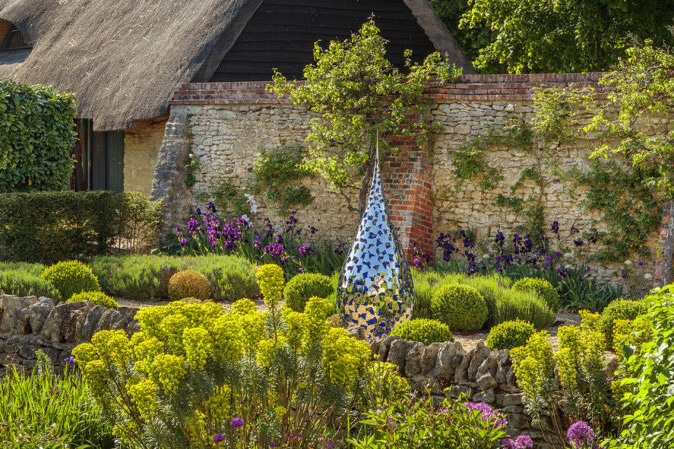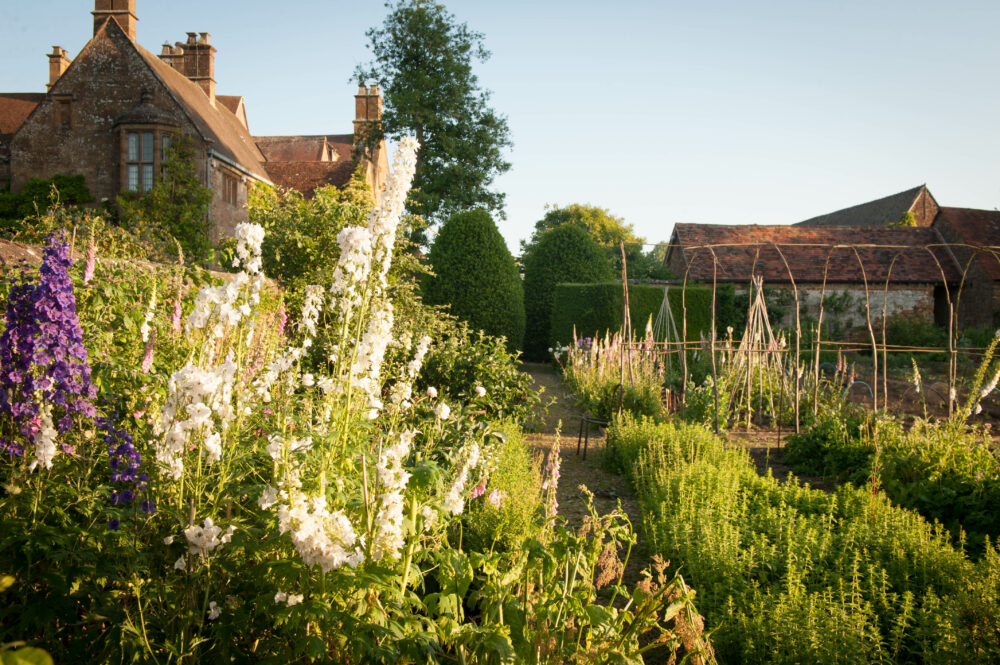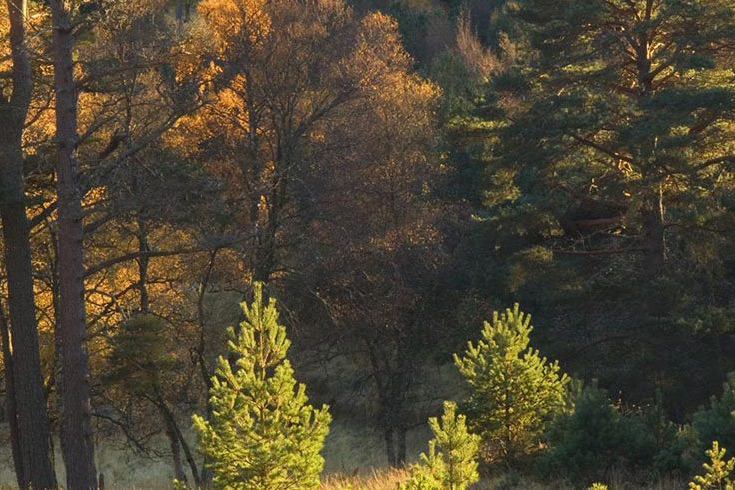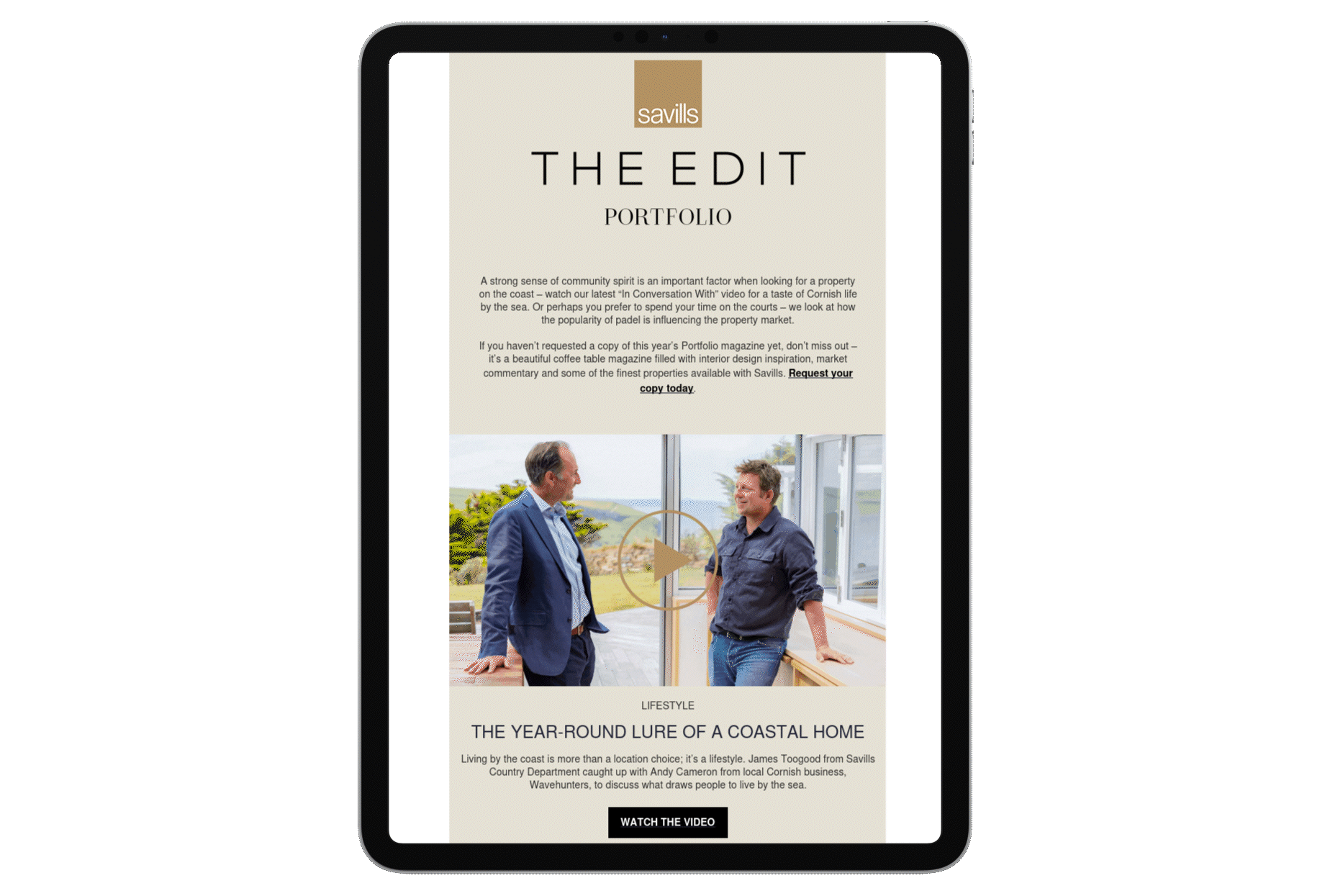Planting your own wood might once have been a bucolic dream. But woodlands are in high demand among well-informed buyers – and they’re growing in more ways than one.
“For estate owners, planting a wood is truly in vogue,” says Mark Townsend, head of woodland management and arboriculture at Savills, which can help estate owners to create woodlands. This is “gardening on a grand scale”, he says – and November is the perfect month to start.
Why plant a wood?
Owners want woodland for all kinds of reasons, from picnics and play to personal carbon offsetting, or even as experiments in rewilding or “forest bathing”. But a key driver is that woods are good for carbon reduction and wildlife, and for those reasons tree planting is widely encouraged.
“The government wants to increase woodland cover from 13% to 17%,” says Dr Gabriel Hemery, chief executive of the tree-planting charity Sylva and author of The New Sylva (Bloomsbury, £30). “We should all plant more trees to mitigate climate change.” Nearly three-quarters of the 3.24m hectares of woodland in the UK is privately owned, so, according to Hemery, “small woodland owners are part of the effort”.
Townsend’s clients are motivated by many factors, from the desire to improve biodiversity to simpler pleasures. “They often want big oaks and beeches, the trees they remember climbing as a child,” he says. A wood can be a wonderful family amenity – and can often add value to your property. “Research shows that properties with trees are worth more and sell faster,” says Townsend. “Providing shelter from the sun and rain, trees can also reduce the ‘heat island’ effect” – shading building surfaces, deflecting radiation and releasing moisture into the atmosphere – “and reduce your home’s heating or cooling requirements.”
What to consider
Owners should think hard about why they want a wood, as this will influence their plans. As Townsend puts it: “Do you want it for recreation, for wildlife, for walks and play or as a source of timber for heating?” Either way, it doesn’t have to be huge: “Even a quarter of a hectare can create glorious woods to get lost in,” Hemery says. And keep an eye on the prize – what your woodland will be like in 20-50 years’ time, when it matures.
How to start
“Legal matters come first, including the environmental impact and the historic landscape use,” says Hemery. He recommends at least six months of planning, engaging with your local woodland officer. Potential growers should undertake an Environmental Impact Assessment and read the UK Forestry Standard – the “planter’s bible”. There are huge regional differences in climate and soil, so get to know your local terrain. You will need to anticipate the effect of climate change, and don’t forget the nuts and bolts: power lines, neighbours, roads and underground services.
Find out if your project qualifies for a grant: the Woodland Trust provides advice for smaller sites, while the English Woodland Grant Scheme and similar programmes in Scotland, Wales and Northern Ireland list a variety of funding options that reflect government policy on sustainability.
After researching your woodland, go shopping for trees. “If you are starting from scratch, plant about 1,600 trees per hectare,” says Townsend. “These should be about 50cm high – they’re known as ‘whips’ – as growing from seed is difficult.” Budget-wise, allow about £8,000 per hectare, based on 1,600 whips at £5 each. Townsend warns against going for “instant effect” with large trees, as these are more likely to be imported and carry pests and disease. The larger the tree, the more TLC it will need to establish itself.
Choosing species is a passionate subject. “Many want native trees, but don’t forgo productive non-native species,” says Hemery. Townsend recommends a good range: big beeches, oaks and sycamores, smaller trees such as walnuts and wild cherries, then shrubs like hazel and holly. Throw in some wild flowers and the explosion of colour and life in spring will gladden the heart.
Keeping up appearances
Woods need less upkeep than you might expect: “You plant in autumn and come back in spring/summer to do a bit of maintenance,” Townsend says. Consider coppicing – cutting back trees to ground level on a five-year cycle to allow light in. You can hire a specialist manager, but many owners become captivated with their woods. “There’s something spiritual about growing a wood, and there’s no greater legacy,” says Hemery. That’s the particular joy of woodland: it may be for private pleasure, but it also creates a common good.
Next steps
Rewilding Britain and Forestry England are great sources of inspiration for anyone interested in rewilding and forest bathing. Find a local woodland officer by using the searchable map of England published by the Forestry Commission, check the government’s guidance on Environmental Impact Assessment and read the UK Forestry Standard. For details of available grants, consult the Woodland Trust or the government’s woodland grants and incentives overview table for England, which also has links for Scotland, Wales and Northern Ireland.
To find out more about buying or creating a woodland, contact Mark Townsend, head of woodland management and arboriculture at Savills
Illustrations by Hannah Warren



